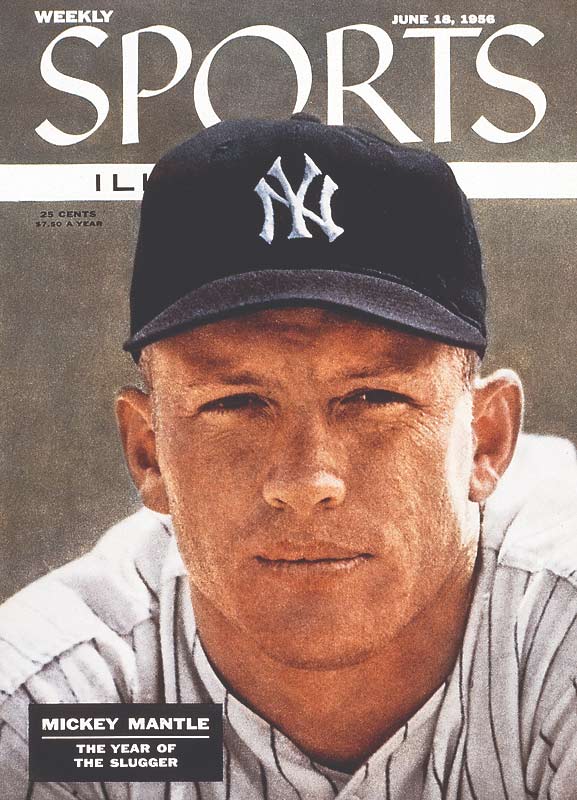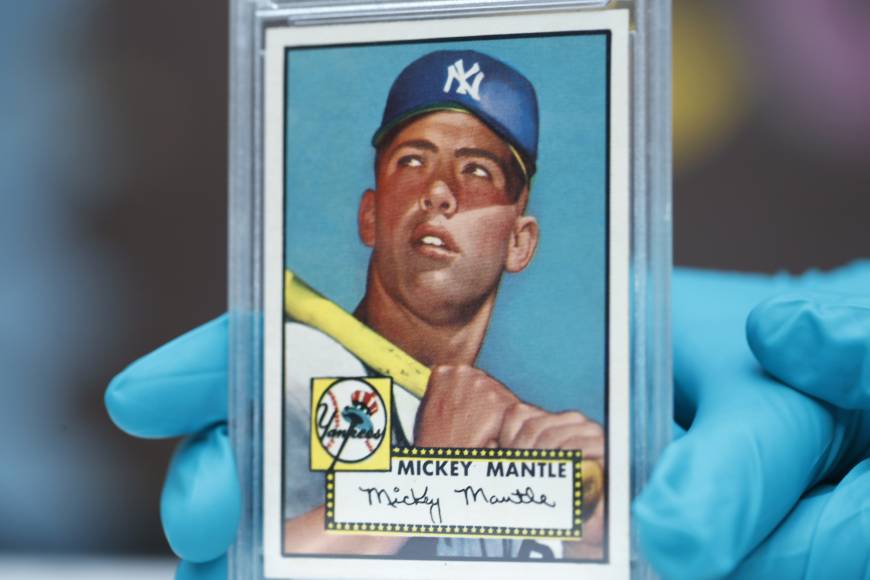Authors:
Historic Era: Era 10: Contemporary United States (1968 to the present)
Historic Theme:
Subject:
September/October 2019 | Volume 64, Issue 4


Authors:
Historic Era: Era 10: Contemporary United States (1968 to the present)
Historic Theme:
Subject:
September/October 2019 | Volume 64, Issue 4
History professors Roberts and Smith recently co-authored A Season in the Sun: The Rise of Mickey Mantle (Basic Books), from which this essay is adapted. The book traces Mantle's ascendance as an icon of the 1950s and baseball's place in American culture.

Look at the determination on Mickey Mantle’s face—the resolve in his fierce blue eyes, his flexed jaw, and the hardness around his mouth. Look at the power—the prizefighter’s cheekbones, the bull’s neck, and the hint of a slugger’s shoulders. Is it the face of weakness, the look of a man fragile enough to crack into a million pieces?
Mantle’s chiseled physique looked like the ideal body of a power hitter, a creation of Michelangelo sculpted out of marble. Wonderstruck by his muscled, compact frame, sportswriters and teammates tried not to stare when he ambled through the locker room, nearly naked, wearing only a towel, his perfectly V-shaped torso, barreled chest, hard stomach, and wide back on display. Built like a lead miner, with broad, sloping shoulders, bulging biceps, and Popeye forearms, Mantle was, in baseball parlance, country strong.
Hy Peskin’s 1956 Sports Illustrated cover photo reveals the intensity and rugged strength of baseball’s most famous player. In that season—branded the “Year of the Slugger” by the magazine—his career held only great possibilities; baseball immortality itself was within his reach. His physical gifts—power, speed, and agility—made it seem like there were no limits to what he could do on a baseball field.
Yet, for all of his attributes, Mantle’s biographers have emphasized his overriding weakness. Too often they have presented his life as seen darkly through a rearview mirror, interpreting many events during his baseball career as a way station along the road to alcoholism. “Mickey Mantle’s life was spent waiting for a death that seemed just around the corner,” biographer David Falkner wrote. Similarly, in her fine biography, Jane Leavy observed, “Mantle fit the classical definition of a tragic hero.”

By the summer of 1995, alcohol-induced cirrhosis of the liver, hepatitis C, and cancer had left him a shell of the man he had been in the 1950s, when, strong and tanned, he had graced the cover of American magazines and thrilled baseball fans on the diamond. Only later would his heavy drinking define the arc of his life.
This focus ignores much of the joy of his life—the joy he